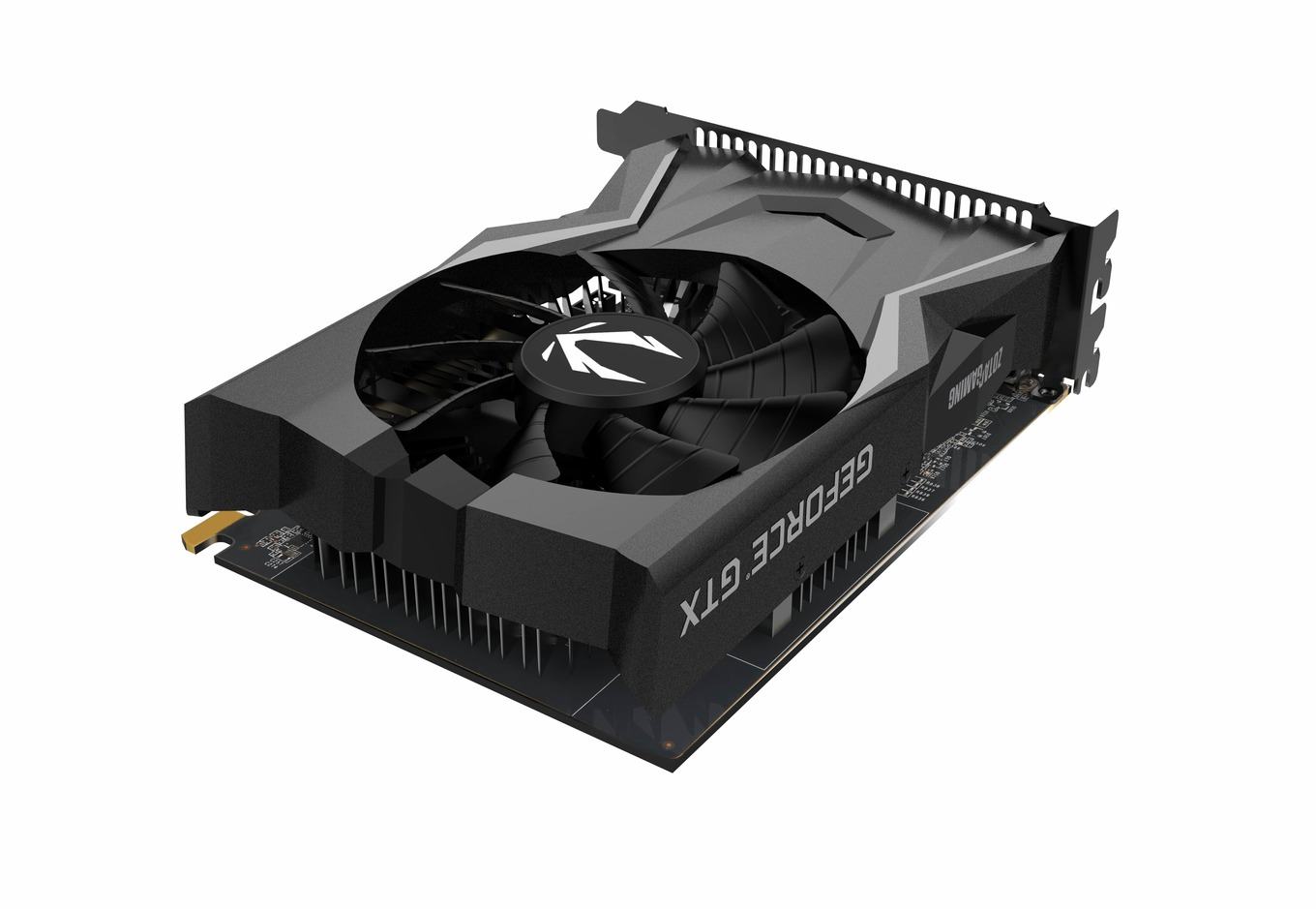
The TU117 chip is manufactured in 12nm FFN at TSMC. Therefore, the Max-Q variant is well suited for thin and light laptops. Nvidia specifies a power consumption of 35 Watt TGP (Total Graphics Power) and therefore 15 Watts lower than a normal (Max-P) 1650 for laptops. This leads to 50% more instructions per clock and a 40% more power efficient usage compared to Pascal.Ĭompared to the bigger Turing chips (like the TU116 of the GTX 1660 Ti and the RTX lineup), the TU117 does not include the new NVENC encoder but an older one similar to the one used in Pascal and Volta. This allows you to configure multiple monitors in order to create a more immersive gaming experience, such as having a wider field of view. Furthermore, the caches were reworked (new unified memory architecture with twice the cache compared to Pascal). The graphics card supports multi-display technology.



According to Nvidia the CUDA cores offer now a concurrent execution of floating point and integer operations for increased performance in compute-heavy workloads of modern games. ASUS ROG Zephyrus G14 14 Gaming laptop, AMD Ryzen 7 5800HS 8-Core, NVIDIA GeForce GTX 1650 Graphics (4GB GDDR6), 16GB DDR4 512GB PCIe SSD, 14. 2.0) Graphics Card, 172mm Compact Size, 4GB 128-Bit GDDR6, GV-N1656WF2OC-4GD REV2. ASUS Phoenix NVIDIA GeForce GTX 1650 OC Edition Gaming Graphics Card (PCIe 3.0, 4GB GDDR6 Memory, HDMI 2.0, DisplayPort 1.4a, DVI-D, Dual Ball Fan Bearings, Auto-Extreme) 180 NVIDIA GeForce GTX 1650 Super 4GB GDDR6. The Turing generation did not only introduce raytracing for the RTX cards, but also optimized the architecture of the cores and caches. Gigabyte GeForce GTX 1650 D6 WINDFORCE OC 4G (rev.


 0 kommentar(er)
0 kommentar(er)
